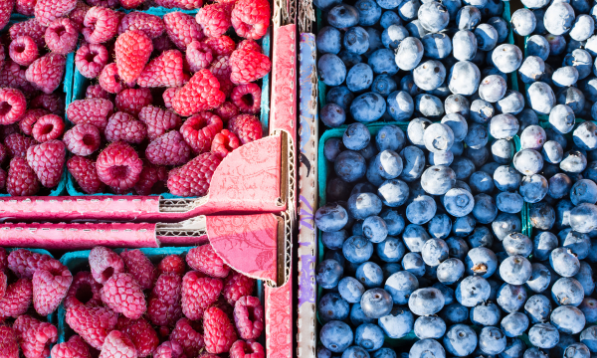
Guide: Making the most of B.C.’s berry season
July 6, 2021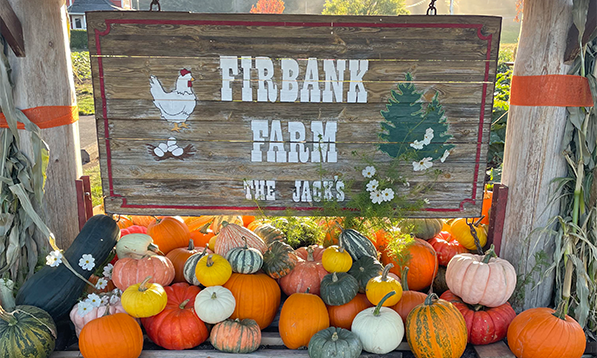
Sharing the harvest: Lorne Jack talks chickens and Firbank Farm
September 20, 2021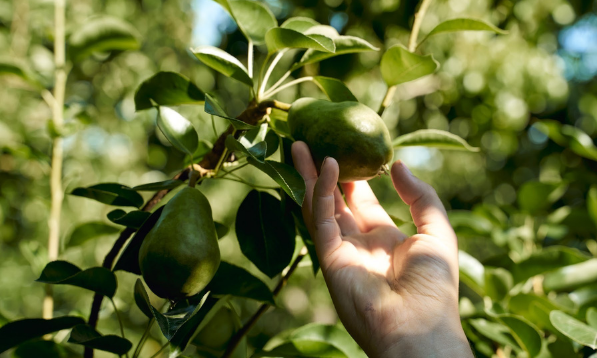
Kevin Day knows pears: the Day family has been farming and packing them for over a century. Using the latest technology, a careful approach to sustainability, and with the help of the whole family, Day’s Century Grower’s is poised to pack not just their own pears, but 70% of the pears in B.C. (including the pears you pick up at your local Costco!) this year. We talked to Kevin to find out more.
We Heart Local BC: Can you tell us a little about your farm?
Kevin Day: My great-grandfather started our farm in the 1890’s in what is now basically downtown Kelowna. For B.C., we’re a large pear farm, but it’s not very big - we’ve got about 40 acres of pears. We grow Bartlett, Bosc and Red and Green d’Anjou pears. Bartlett is a summer early-pick pear most commonly used for canning and fresh eating. The Anjou is what they call a winter pear - they store for a long time and people enjoy them right through the winter. We also grow about 10 acres of vegetables such as sweet corn, watermelon, cantaloupe, and tomato for our on-farm store. We also have a wood lot and some beef cattle. No matter what time of year it is, we are always busy on the farm!
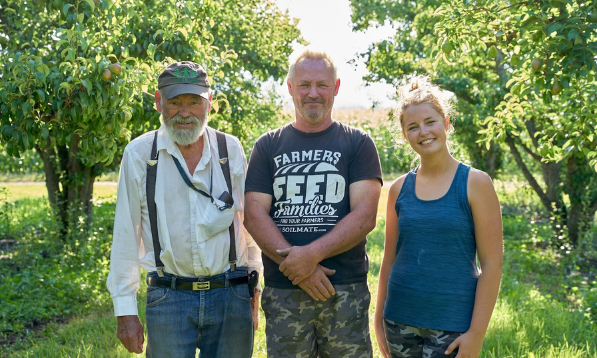
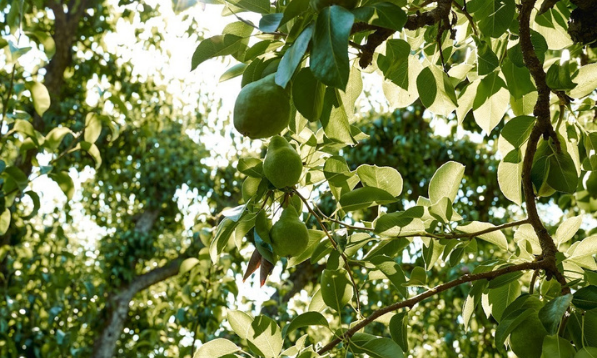
WHL: Your family is deeply involved in the running of the farm! Can you tell us about the different roles your family members play?
KD: So, my father is 89 and still mows the lawns and feeds the cattle. We did some succession planning for the business, so my sister and I now own the farm, and the packing company. My nephew is living and working full time on the farm as a single dad and learning what I’m doing. Then my daughter Erin, who is 25, oversees the market garden and she’s the top manager, below my sister and I, of the packing house through the winter, she is on leave right now because they just had a set of twins. Erin’s husband works the farm with me through the season. During the packing season, he’s the operations manager and maintenance guy on the equipment. Finally, my older daughter Kati is full time with Interior Health as a social worker, but she’s also our communications person and she’s developing our agritourism.
"This year we’ll probably pack 6 million pounds, which by world standards is not a lot - but by Western Canada standards, it’s practically all of the pears." - Kevin Day
WHL: Can you describe your packing line? What kinds of technology do you have in your facility?
KD: Pears need really gentle handling, so we brought in the first pear-specific optical sorter in Canada. Our optical sorter has quite a complicated algorithm for pears because they come in so many different shapes and there are so many varieties of them. A pear goes through the camera area in a few seconds and the sorter takes 16 pictures of each pear. Then the computer decides what size it is and what ratio the neck is to the base. It sorts defects and different grades with its cameras, and also estimates weight with the circumference as well as with electronic weigh scales. The different grades and sizes get sorted into different bins. Now, we are expanding and packing pears from other growers. We’re going to be packing about 70% of the pears in the province. This year we’ll probably pack 6 million pounds, which by world standards is not a lot - but by Western Canada standards, it’s practically all of the pears.

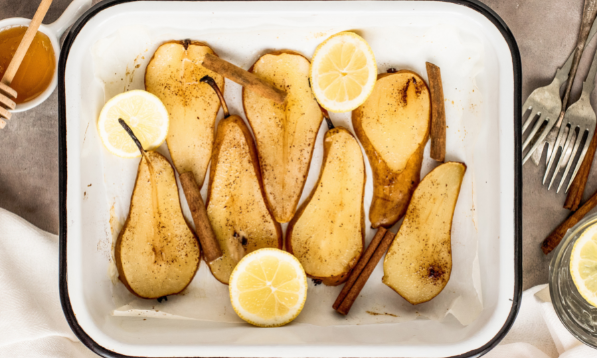
WHL: Can you talk about some of the ways you care for the environment on your farm and in your orchards?
KD: One example I can give you is our integrated pest management with spider mites. They have been a big pest in the orchard over the years -- they blacken the leaves and weaken the trees. They can even defoliate the trees (cause the leaves to drop) if they get really bad. This year with the heat wave, we had a mite outbreak in a few places in the orchard. I have a really good balance of predator bugs in my orchard, and I don’t want to disrupt that -- so instead of spraying the whole orchard, I used monitoring and I was able to spray a targeted product only in in very specific areas of the orchard. Now we’re really watching those areas closely. There are still mites there, but there are also predator bugs, so they’re eating the eggs and the young mites. The goal is that we leave the predators with enough food to maintain a healthy population and they in turn will control the pests so that we don’t have to spray.
WHL: What should our readers look for in a ripe pear? Where can people buy your pears?
Packers in Washington came up with this term “check the neck” - just use a slight pressure with your thumb on the neck right where the stem goes on - push on that and if it gives, then they’re ripe. You can find our pears at all the major retailers across Canada - Loblaws, Costco, Sobey’s, etc. We hope you enjoy them!
Want to know more about the Day family? Check out their farmer profile.
Photo credits to Crew Marketing.